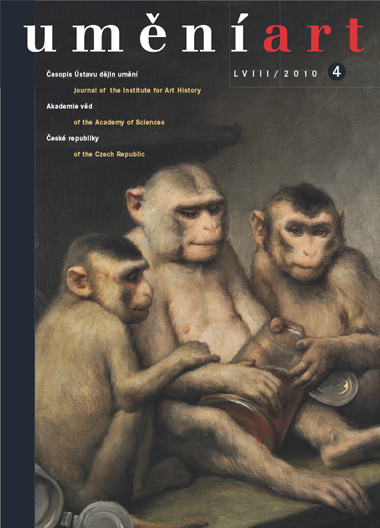Irina Genova
Two Views on Expressionism: Chavdar Mutafov and Geo Milev
'Expressionism' was a concept of fundamental importance for the Bulgarian avant-garde and one that bore various meanings. The two main representatives of the Bulgarian art scene after the Second World War, Chavdar Mutafov (1889-1954) and Geo Milev (1895-1925), worked with Expressionism, and both became familiar with the movement in the German cultural environment, although each of them at a different time, at different places, and under somewhat different circumstances that led them to different interpretations of its meaning. While studying in Munich in 1908-1914, Mutafov experienced the vibrant cosmopolitan art scene around Neue Künstlervereinigung group and then around Der Blaue Reiter. This was followed by active publishing work, and he attended exhibitions in Tannhauser and Goltz where he became acquainted with the work of Kandinsky and his associates and also with the work of the Parisian avant-garde. He established criteria for assessing works of art and applied them from the early 1920s in his writings published in Bulgarian magazines. Upon returning to Munich in 1922-1924 he became convinced that Expressionism was a historically conditional movement that after the war was exhausted. Conversely, Geo Milev was influenced by his stay in Berlin in 1918-1919, when he established contacts with Herwarth Walden, his magazine Der Sturm and his gallery of the same name. Following Walden's example he understood Expressionism as a broad international movement that liberated art from the representation of visible reality and provided a means for free creative external expression of internal dispositions. He obtained books and periodicals on the Russian avant-garde from Walden. After returning to Bulgaria he founded the magazine Vezni (1919-1922), which was modelled on Der Sturm. At the end of 1921 he organised an Expressionist exhibition in his flat in Sofia, where he showed drawings and graphic works by Kokoschka, Kandinsky, Marc, Munch, and Chagall, most of which were given to him by Walden. The subsequent direction of Milev's other magazine, Plamak (1924-1925), can be loosely compared to the Yugoslavian avant-garde magazine Zenit, whose main representative, Ljubomir Micić, Milev evidently became acquainted with through Walden's circles.
Full-text in the Digital Library of the Czech Academy of Sciences:
https://kramerius.lib.cas.cz/uuid/uuid:5280d9ce-7081-9d40-2977-c2b735919449
< back

